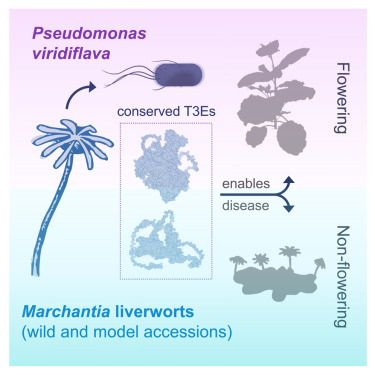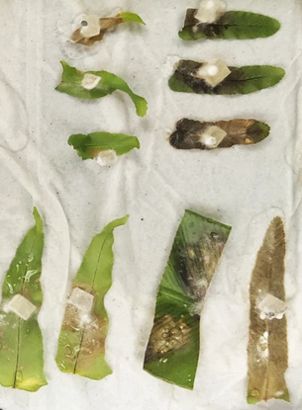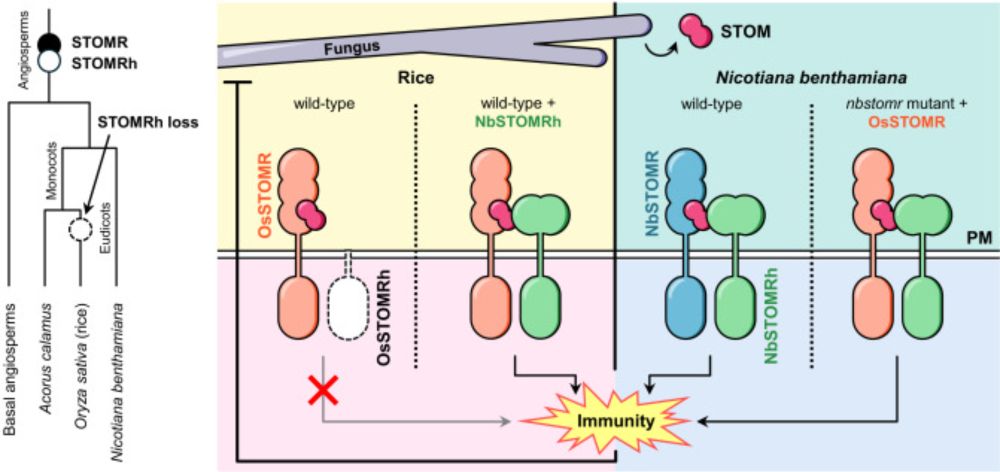Phil Carella
@philcarella.bsky.social
1.8K followers
1.8K following
86 posts
Exploring the evolutionary diversity of plant-pathogen interactions
Posts
Media
Videos
Starter Packs
Pinned
Phil Carella
@philcarella.bsky.social
· Apr 1

Conserved effectors underpin the virulence of liverwort-isolated Pseudomonas in divergent plants
Robinson et al. identify pathogenic Pseudomonas viridiflava in wild Marchantia polymorpha
liverworts and interrogate the mechanisms enabling virulence in non-flowering and
flowering plants. Their resu...
www.cell.com
Reposted by Phil Carella
Reposted by Phil Carella
Reposted by Phil Carella
Reposted by Phil Carella
Reposted by Phil Carella
Reposted by Phil Carella
Reposted by Phil Carella
Reposted by Phil Carella
Phil Carella
@philcarella.bsky.social
· Sep 12





















